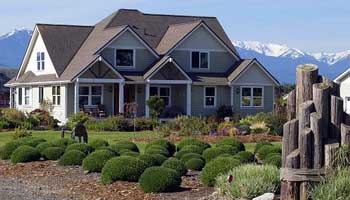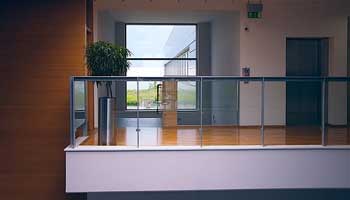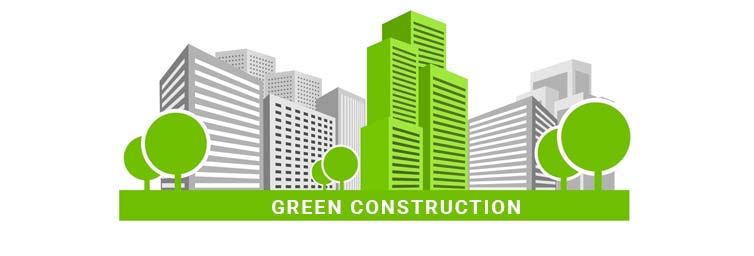You have no items in your shopping cart.
Post Requirement
We are all well aware of the amount of harm we are causing to our planet on a regular basis. With a steady increase in population and depletion of natural resources, the human civilisation is treading on a slow-moving path towards extinction. Experts have already predicted an alarming change in temperature and an increase in natural disasters in the near future.
After such predictions, it’s no surprise that green buildings are the next big thing in the construction industry. To put it simply, any form of development that doesn’t cause harm to the environment, i.e., eco-friendly construction. Building green is about making use of materials while designing, constructing and operating that minimises the negative impact on the environment. Their purpose is to improve the quality of life.
Being green is more than just buying 'eco'. It is an unshakable commitment to a sustainable lifestyle. - Jennifer Nini
What makes a building green?
Any building can be a green building, provided it has at least a couple of attributes listed below.
1) Using renewable energy

Renewable energy such as hydro or solar energy are natural resources that are replenished on a human timescale and of abundant quantity. Therefore, they have almost no negative impact on the environment.
2) Using materials that are sustainable, non-poisonous and ethical

Using sustainable materials such as rubber, recycled glass, bamboo, etc.
3) Quality of life

The residents should continue to follow a sustainable way of living after the design and construction of the building.
4) Flexible design

Flexible design means design that accommodates the changes in the environment and adapts naturally while maintaining the standard of quality.
5) Adapting to waste reduction methods

Waste reduction methods include recycling and re-using of materials and reducing the use of non-biodegradable materials such as plastic.
6)Saving valuable resources

Saving electricity and usage of water only when necessary are examples of using resources effectively.
7) Quality of indoor environment

A productive indoor atmosphere with natural ventilation, proper lighting and good air quality amongst other things is considered ideal for green buildings.
Research shows that the construction industry produces very large amounts of waste and emits dangerous amounts of greenhouse gases into the atmosphere. Most of this is caused because of the consumption of energy while constructing buildings and the rest is due to high usage of electricity, especially for air conditioning. There are many activities that provide a comfortable lifestyle but we tend to forget the harmful impact it has on the environment.
In the long run, adapting to a lifestyle that doesn’t completely use up or destroy the environment and its resources is favourable to us. The green building industry is definitely going to soar in the next few years. There is no better time than now to adapt towards this sustainable technology.
Please check out:
Srujana T













